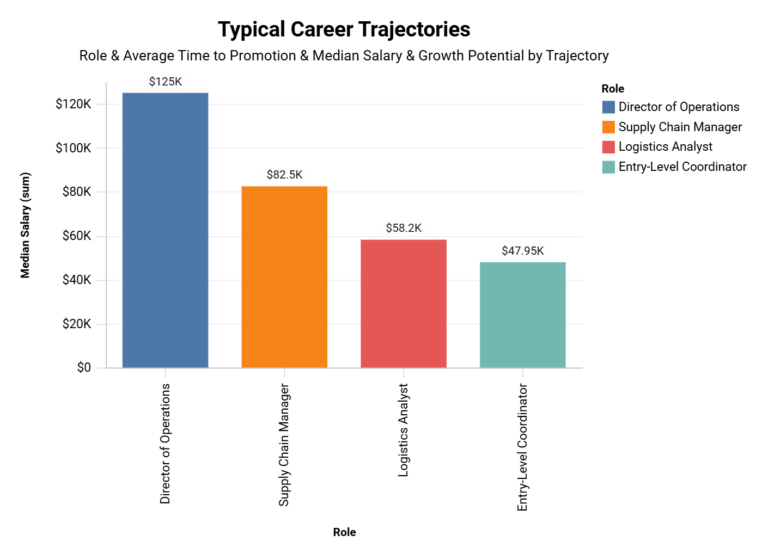Cost Savings in Recruitment Through Skills-Based Hiring: 2025 Statistics and Data
Recruitment Cost Savings
Recruitment costs are a major concern for organizations, particularly in industries where talent shortages drive up competition. Skills-based hiring platforms have emerged as a cost-effective solution, enabling companies to streamline their hiring processes while reducing expenses. This article explores 2025 statistics and data on how skills-based hiring is driving significant cost savings for employers.
The Financial Impact of Traditional Hiring Methods
Traditional hiring methods often involve high costs due to lengthy recruitment cycles, extensive advertising budgets, and manual candidate screening processes. According to Deloitte's Cost-Per-Hire Benchmark Report (2024), the average cost-per-hire for U.S. companies was $4,700, with tech roles exceeding $6,000 per hire. These costs are further compounded by extended time-to-fill metrics, which can range from 30 to 60 days for technical positions.
Burning Glass Institute's Hiring Efficiency Study (2024) highlights that unfilled roles cost organizations an average of $500 per day in lost productivity. For companies hiring multiple candidates annually, these costs can quickly escalate into tens of thousands of dollars.

How Skills-Based Hiring Reduces Costs
Skills-based hiring platforms address these challenges by leveraging technology to optimize recruitment processes. According to LinkedIn's Global Hiring Trends Report (2024), organizations using skills-based platforms save an average of 30% on recruitment costs compared to traditional methods.
Key Cost-Saving Features
- Pre-Screened Candidate Pools: Platforms like CourseCareers provide access to candidates who have already demonstrated their competencies through verified assessments, reducing the need for additional screening.
- Automated Assessments: AI-driven tools evaluate candidates' skills in real-time, eliminating manual resume reviews and reducing recruiter workloads.
- Pay-Per-Hire Models: Unlike traditional job boards that charge upfront fees, skills-based platforms operate on pay-per-hire models, ensuring value for investment.

Real-World Examples of Cost Savings
A case study by CourseCareers (2025) found that its clients reduced their average recruitment costs by $2,000 per hire when using its platform. This was achieved through streamlined candidate sourcing and pre-screening processes that eliminated unnecessary steps.
For larger enterprises, LinkedIn's Future of Work Report (2025) revealed that Fortune 500 companies using skills-based hiring platforms saved an average of $1 million annually on recruitment expenses by reducing time-to-hire and minimizing turnover rates.

Additional Benefits of Cost Reduction
Improved ROI on Recruitment Budgets
Organizations that reduce recruitment costs can reinvest savings into other HR initiatives such as employee training and retention programs. According to Gartner's HR Technology Adoption Report (2024), companies that reinvested 20% of their recruitment savings into upskilling programs saw a 15% improvement in employee retention rates.
Enhanced Employer Branding
Cost-efficient hiring practices also contribute to improved employer branding. A Glassdoor survey (2024) found that candidates are more likely to view companies with efficient hiring processes as attractive employers, increasing application rates by 25%.

Challenges in Achieving Cost Savings
Despite the clear benefits, some challenges persist when implementing skills-based hiring practices:
- Initial Investment in Technology: Adopting skills-based platforms requires upfront investments in technology and training.
- Skill Validation Requirements: Employers may still need additional assessments or certifications to verify candidates' competencies fully.
Programs like CourseCareers mitigate these challenges by offering cost-effective solutions tailored to employers' needs, including pre-screened candidate pools and seamless platform integration.
The Future of Recruitment Cost Savings
As skills-based hiring continues to gain traction, cost savings are expected to increase further. McKinsey predicts that by 2030, organizations using AI-powered hiring tools will reduce their recruitment expenses by an additional 20%, as automation becomes more advanced and widely adopted.

Related Resource
Looking for solutions to improve your time-to-hire and cost-per-hire metrics? CourseCareers For Employers Review provides insights into how this platform helps employers efficiently source pre-screened, job-ready candidates for entry-level tech roles. Explore how CourseCareers can help you build a reliable talent pipeline today.
Source Data
| Article Title | Publication | Date |
|---|---|---|
| Cost-Per-Hire Benchmark Report | Deloitte | April 20, 2024 |
| Global Hiring Trends Report | February 15, 2024 | |
| HR Technology Adoption Report | Gartner | July 10, 2024 |
| Glassdoor Survey on Employer Branding | Glassdoor | June 8, 2024 |




